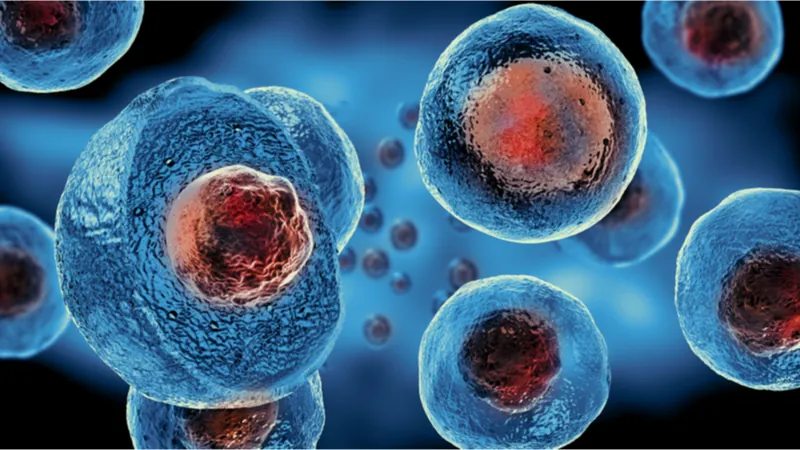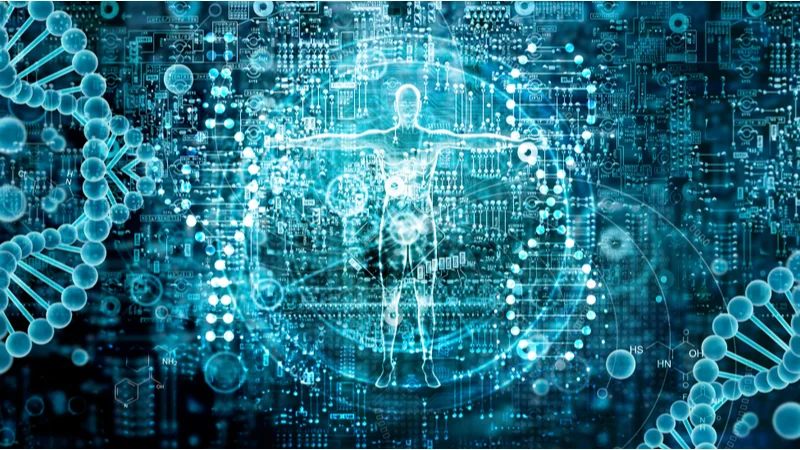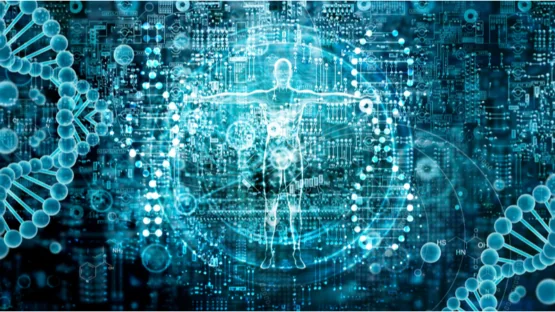Scientists have proposed a novel method of cellular reprogramming that is more predictable and effective than traditional methods [1].
Geroscience’s Holy Grail
Cellular reprogramming is a hot topic in geroscience that is being pursued by many academics and companies, including major players such as Google’s Calico along with Altos Labs, which is backed by Jeff Bezos. It is such a coveted prize because, if mastered, it will allow us to rejuvenate and replenish cells of various types, leading to a substantial extension in healthspan and possibly lifespan.

Read More
Science has come a long way since the original discovery of cellular reprogramming in the 2000s. Back then, the only known way to reprogram cells was with the OSKM cocktail. Since then, scientists have successfully reprogrammed cells using variations of the original formula and sometimes other, unrelated compounds.
Several different ways to introduce the reprogramming factors have also been tested, including plasmids, protein transduction (transport of pre-produced factors into the cell), and various RNA techniques. Yet, as one review notes, none of these techniques is perfect [2]. Cellular reprogramming, though highly promising, remains a difficult task that is plagued with effectiveness and reproducibility issues.
Choose your targets wisely
In this new study, a group of scientists used CRISPR to make cells produce the reprogramming factors endogenously. CRISPR, a technology invented by two Nobel laureates, Jennifer Doudna and Emmanuele Charpentier, can be described as a molecular machine that can perform edits on a DNA molecule with amazing precision.
The specific version of the CRISPR technology that the researchers used is called CRISPRa, with “a” standing for “activation”. Only a fraction of all genes is expressed in each cell at a given time, and genes that induce pluripotency are silenced in differentiated cells. By activating the promoters of such silenced genes, CRISPRa makes them start producing their proteins again. Attempts to use CRISPRa to target cellular reprogramming factors have already been made [3], but there’s always room for improvement.
CRISPR is just a tool, and one of the most important things is what it is aimed at. The researchers chose two more targets beyond OSKM. The first one, Alu-motif, is the most abundant transposable element in the human genome. This is a stretch of DNA, probably a remnant of an ancient virus, that can still reproduce by inserting itself in various loci in our DNA. Such transposons were thought to be just “junk DNA”, but since then, we have learned that over the course of evolution, many transposons have assumed various roles, both beneficial and harmful.
Alu-motif seems to favor the promoter regions of the genes that participate in embryogenesis. Previous research has shown that activating these regions by targeting Alu-motif improves cellular reprogramming.
The second additional target that the researchers chose was a micro-RNA (miRNA) with the unmemorable designation miR-302/367. Micro-RNAs are coded by DNA loci that are not fully fledged genes but rather reside inside other DNA objects, including genes. Despite their tiny size, miRNAs, like transposons, have a lot of important roles. MiR-302/367 is highly expressed in human embryonic stem cells, and targeting it has also been shown to enhance cellular reprogramming [4].
Smoother and more efficient
Two types of cells were used in the experiments: lymphoblastoids, which are derived from lymphocytes, and fibroblasts. The authors demonstrated that CRISPR-based reprogramming that included targeting OSKM along with Alu-motif and miR-302/367 was proven superior to OSKM-only reprogramming. The resulting induced pluripotent stem cells (iPSCs) were more uniform and formed colonies better. The overall reprogramming efficiency – that is, the percentage of cells transformed to bona fide iPSCs – was greatly improved as well.
Using single-cell mRNA sequencing, the researchers followed what they call the reprogramming trajectories of the cells – that is, they analyzed the transition process at several time points. The trajectories of the cells reprogrammed with the new technology were “smoother” or, in the authors’ own words, more deterministic, while the traditional method produced more artifacts, such as spikes in the levels of one of the transcription factors that could potentially throw the cells off course during the reprogramming.
Interestingly, one of the cell lines that the researchers used originated from fibroblasts sourced from an 83-year-old person. Cells of this line have been notoriously hard to reprogram, but the new method passed this exam with flying colors.
Conclusion
Cellular reprogramming has come a long way since Yamanaka’s first experiments. Numerous methods have been introduced, and every new paper extends our understanding of this intricate process. Whether it involves full conversion to iPSCs or cellular rejuvenation without dedifferentiation, cellular reprogramming holds one of the greatest promises in geroscience.
Literature
[1] Sokka, J., Yoshihara, M., Kvist, J., Laiho, L., Warren, A., Stadelmann, C., … & Trokovic, R. (2022). CRISPR activation enables high-fidelity reprogramming into human pluripotent stem cells. Stem Cell Reports.
[2] Hu, K. (2014). All roads lead to induced pluripotent stem cells: the technologies of iPSC generation. Stem cells and development, 23(12), 1285-1300.
[3] Weltner, J., Balboa, D., Katayama, S., Bespalov, M., Krjutškov, K., Jouhilahti, E. M., … & Otonkoski, T. (2018). Human pluripotent reprogramming with CRISPR activators. Nature communications, 9(1), 1-12.
[4] Anokye-Danso, F., Trivedi, C. M., Juhr, D., Gupta, M., Cui, Z., Tian, Y., … & Morrisey, E. E. (2011). Highly efficient miRNA-mediated reprogramming of mouse and human somatic cells to pluripotency. Cell stem cell, 8(4), 376-388.




